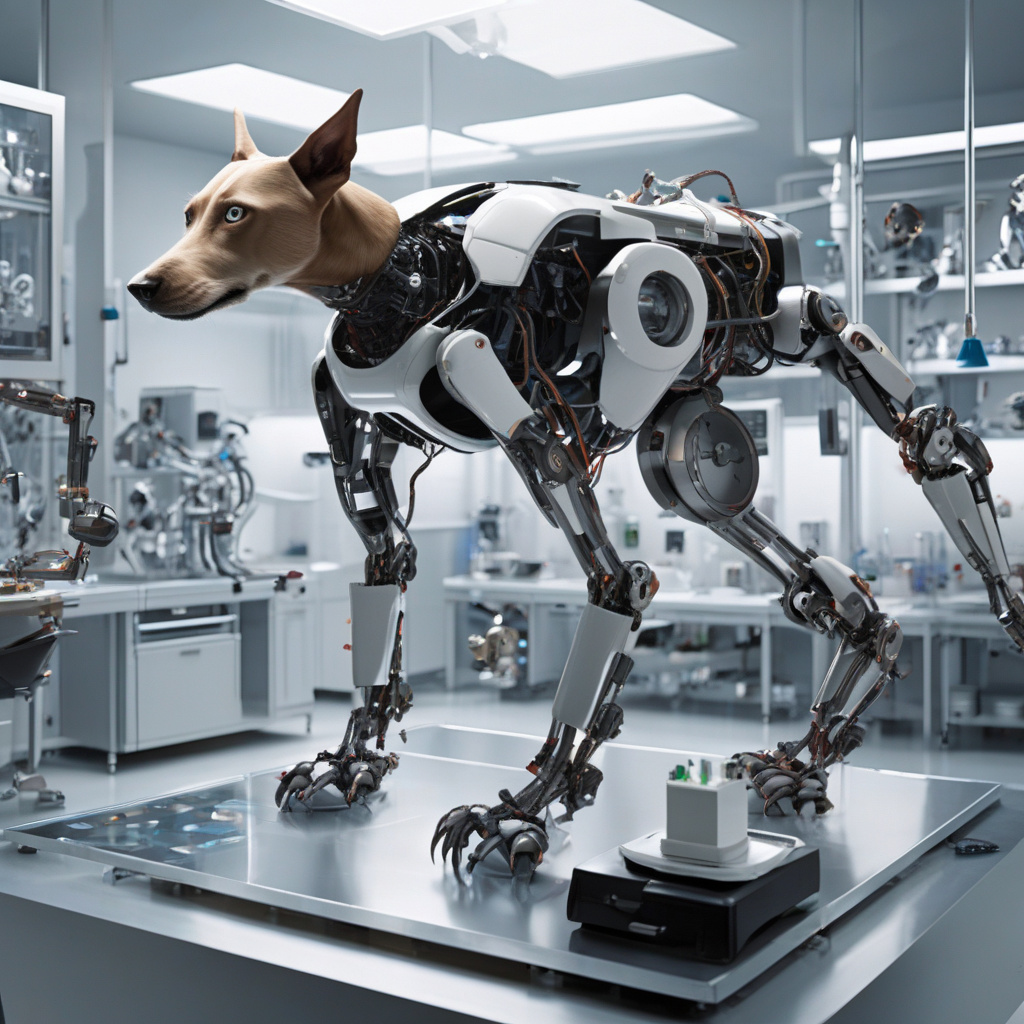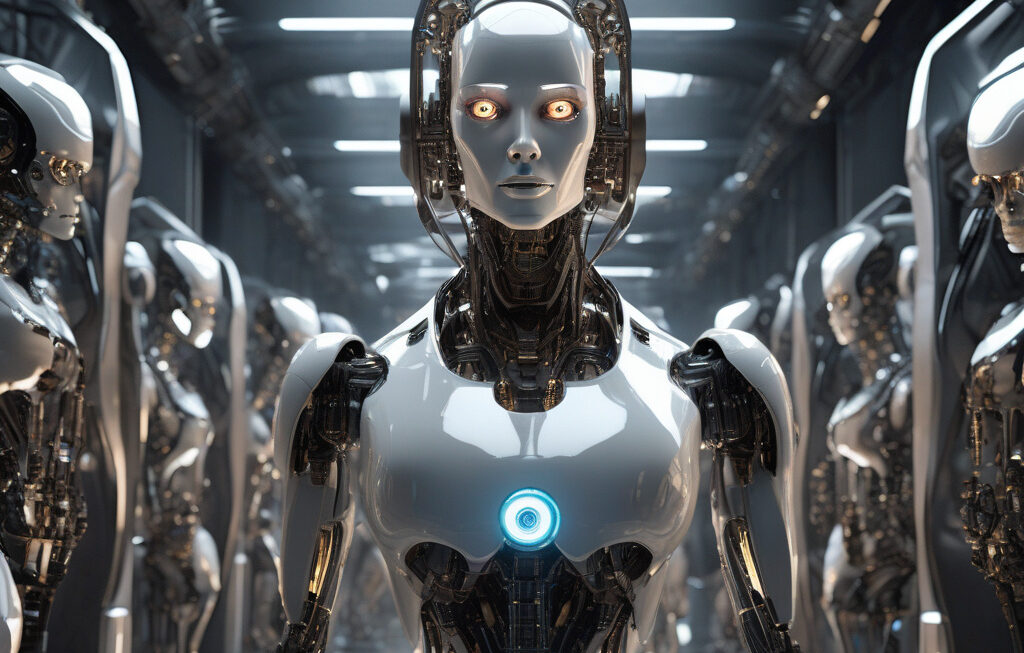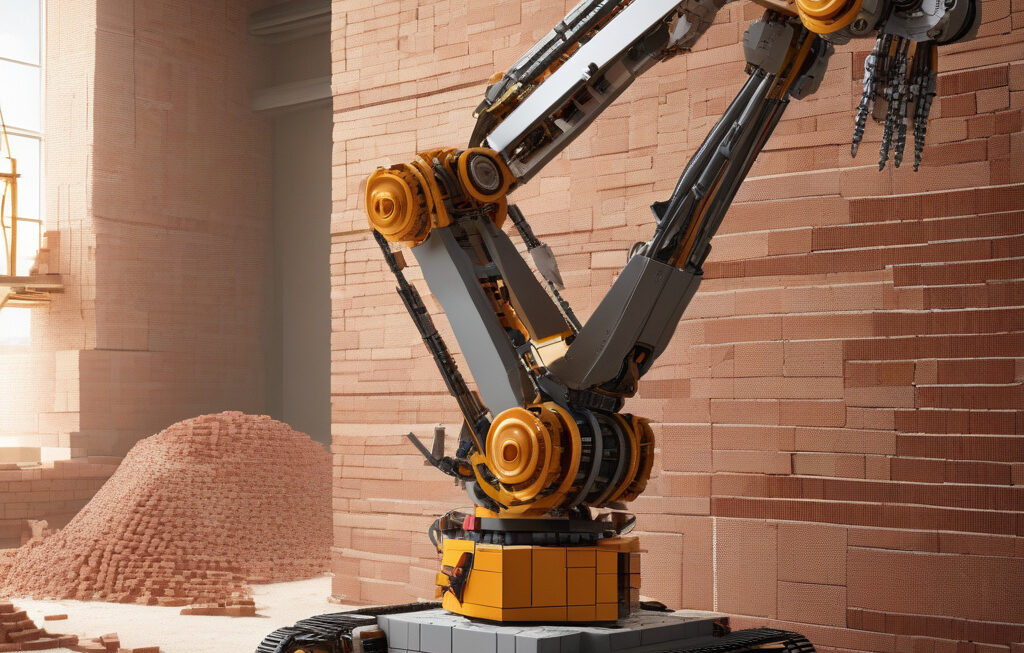ETH Zurich’s ANYmal is a four-legged robot built for autonomous operation in some of the most challenging terrains. Recently, a team of researchers at ETH Zurich have taken the capabilities of ANYmal to the next level by teaching it to hurl objects just like a human would.
This groundbreaking development opens up a world of possibilities for the future of robotics and automation. The ability for a robot to accurately throw objects requires a complex interplay of mechanics, sensors, and algorithms. By successfully teaching ANYmal this skill, the researchers have demonstrated the potential for robots to perform a wide range of tasks that were previously only possible for humans.
One of the key challenges in teaching a robot to throw objects is the need for precise control and coordination of its movements. The researchers at ETH Zurich tackled this challenge by developing advanced algorithms that allow ANYmal to calculate the trajectory of an object and adjust its movements in real time to ensure an accurate throw. This level of precision is essential for tasks such as object manipulation in industrial settings or search and rescue missions in hazardous environments.
Moreover, the ability for a robot to throw objects has implications beyond just physical tasks. It also raises questions about the future of human-robot interactions. As robots become more advanced and capable of performing complex actions, how will this impact the way we work and live alongside them? Will robots eventually take over tasks that were traditionally done by humans, and if so, what will be the implications for the workforce?
Despite these questions, the development of ANYmal’s throwing capabilities represents a significant step forward in the field of robotics. It showcases the power of interdisciplinary research that combines expertise in mechanical engineering, computer science, and artificial intelligence. By pushing the boundaries of what is possible with robotics, researchers at ETH Zurich are paving the way for a future where robots play a central role in various industries and applications.
In conclusion, the recent achievement of teaching ANYmal to throw objects like a human marks a major milestone in the field of robotics. It highlights the potential for robots to perform complex tasks with precision and accuracy, opening up new possibilities for automation and human-robot collaboration. As technology continues to advance, we can expect to see even more remarkable feats from robots like ANYmal in the years to come.
robotics, automation, artificial intelligence, human-robot interactions, interdisciplinary research












